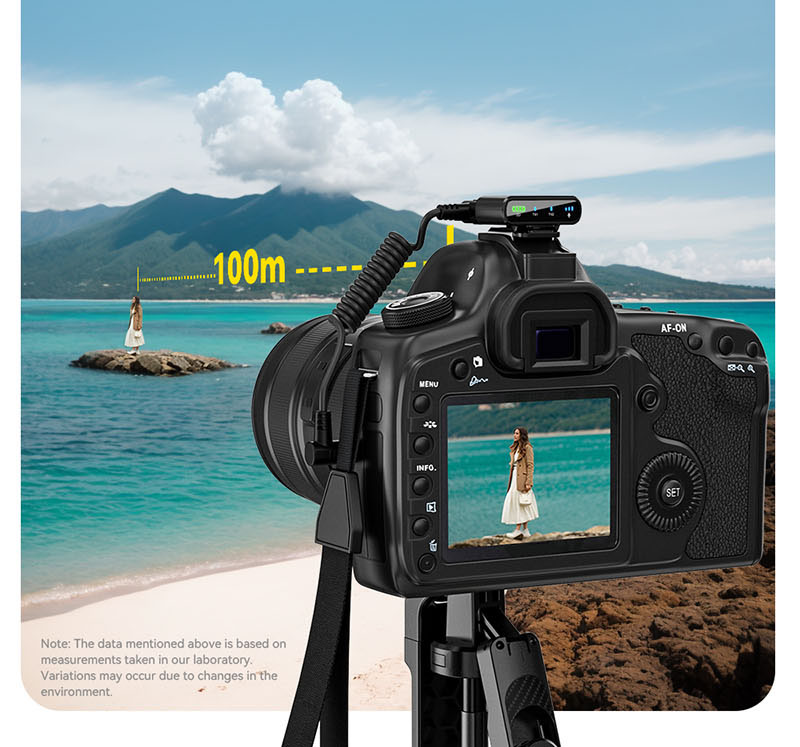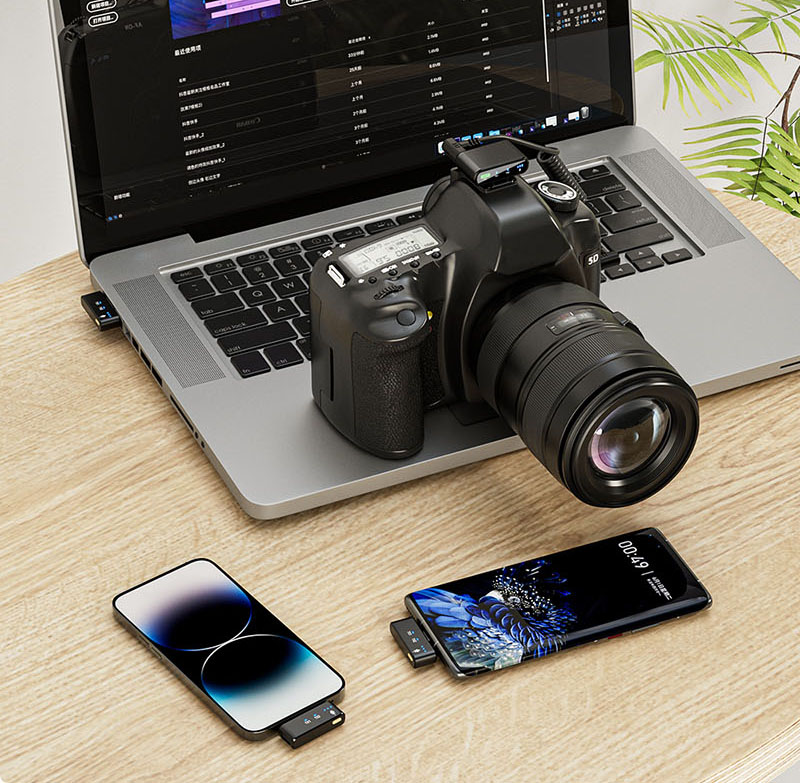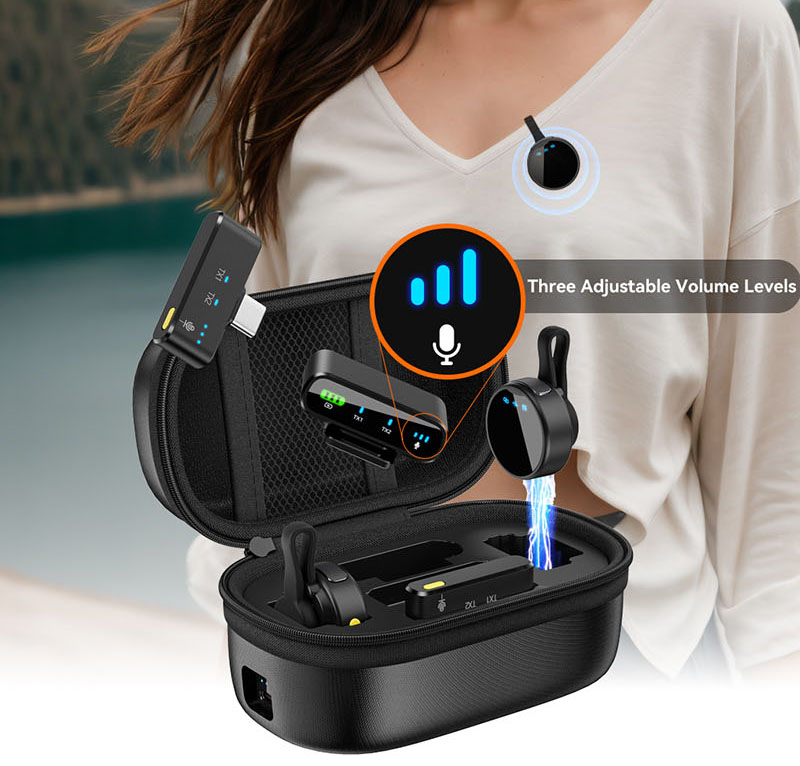Which Wireless Microphone Frequency Is Best
Which Wireless Microphone Frequency Is Best
Which Wireless Microphone Frequency Is Best

The best wireless microphone frequency depends on your location, environment, and local regulations. Here’s a breakdown of the most common frequency bands and how to choose the right one:
1. UHF (Ultra High Frequency) – 300 MHz to 3 GHz
- Best for: Professional audio, live events, theaters, broadcast
- Pros:
- Strong signal penetration (works well through walls)
- Less prone to interference than VHF
- Wide tuning range (helps avoid crowded frequencies)
- Cons:
- More expensive than VHF
- Requires careful frequency coordination in crowded areas
▶ Popular UHF Systems:
- Shure ULX-D, Sennheiser EW 500, Audio-Technica System 10
2. VHF (Very High Frequency) – 30 MHz to 300 MHz
- Best for: Budget setups, small venues, basic presentations
- Pros:
- Cheaper than UHF
- Good for short-range use (e.g., classrooms, small meetings)
- Cons:
- More susceptible to interference (Wi-Fi, TV signals)
- Limited channel options
▶ Popular VHF Systems:
- Shure PGX, Sennheiser XSW 1
3. 2.4 GHz & 5 GHz (Wi-Fi Bands)
- Best for: Consumer use, streaming, small events
- Pros:
- No frequency coordination needed (auto-scanning)
- Affordable (e.g., Rode Wireless Go II, DJI Mic 2)
- Cons:
- Prone to Wi-Fi/Bluetooth interference
- Limited range (~100-200 ft)
▶ Best for: YouTubers, vloggers, podcasters
4. DECT (1.9 GHz)
- Best for: Reliable short-range wireless (no license needed)
- Pros:
- Always clear signal (dedicated band for audio)
- Good for corporate presentations, houses of worship
- Cons:
- Limited to short distances (~300 ft)
▶ Popular DECT Systems:
- Sennheiser SpeechLine, Shure Microflex Wireless
How to Choose the Right Frequency?
| Scenario | Best Frequency |
|---|---|
| Professional live sound | UHF (470-698 MHz) |
| Film/TV production | UHF (with scanning) |
| YouTube/streaming | 2.4 GHz or 5 GHz |
| Corporate meetings | DECT (1.9 GHz) |
| Budget-friendly setups | VHF or 2.4 GHz |
Critical Considerations:
✔ Local Regulations (FCC (USA), OFCOM (UK), etc.) – Some frequencies require licenses.
✔ Interference – Scan for open frequencies in your area.
✔ Number of Systems – More mics = need more frequency separation.
Need help picking a specific model? Let me know your use case and location, and I’ll recommend the best wireless mic setup!




